Unlock your inner artist and embark on a journey of creativity with endless possibilities. Whether you’re an experienced painter or just starting out, finding the right inspiration for painting projects can transform your space and elevate your skills. From vibrant wall art to serene landscapes, the act of painting is a powerful way to express yourself and bring beauty into your surroundings. Discover how to harness the power of art to inspire your mind and spark joy in your daily life. Explore tips, techniques, and ideas tailored for every skill level and age group, ensuring that your painting projects are both fun and fulfilling.
Key Takeaways
- Harness Nature’s Creativity: Discover inspiration through the beauty of landscapes, seasons, and flora/fauna to spark your artistic imagination.
- Explore Museums and Galleries: Unleash your creativity by studying works from famous and lesser-known artists to find new ideas and techniques.
- Learn from Other Artists: Analyze styles, compositions, and stories behind their pieces to refresh your creative approach.
- Incorporate Personal Experiences: Reflect on your own memories and emotions to create artwork that resonates deeply with your audience.
- Experiment with Materials: Play with different art supplies and techniques to explore new possibilities and textures.
- Observe Humans for Unique Subjects: Watch people in public spaces to capture human behavior and create compelling art.
- Dive into Art Resources: Utilize books, online platforms, and art history to gain knowledge and motivation for your projects.
- Engage in Online Communities: Join forums and groups to collaborate, share ideas, and find support from like-minded artists.
- Take Strategic Breaks: Step away from your work to allow your mind to rest and return with fresh perspectives.
- Combine Media and Styles: Experiment with mixed media and cultural influences to create unique and innovative artwork.
- Evolve Your Personal Style: Allow yourself time to develop a distinct artistic voice, embracing experimentation and feedback along the way.
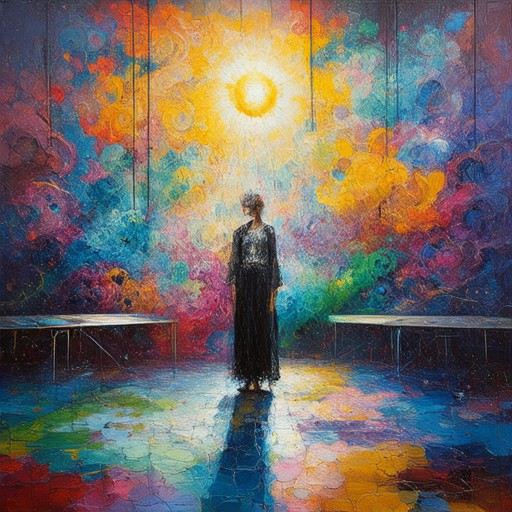
How to Find Inspiration for Painting
Inspiration for painting can come from a variety of sources, and discovering it often requires an open mind and curiosity. Here are some effective strategies to spark your creativity:
- Create an Inspiration Box: Gather a diverse collection of objects that intrigue you. This could include fabrics, found objects, plants, unique textures, or everyday items with interesting patterns. Visit local markets or explore nature to find colors, shapes, and designs that inspire you.
- Explore Different Artistic Movements: Study works from artists you admire. Look into Impressionism, Abstract Expressionism, or Street Art to see how they capture light, color, and emotion. Analyzing their techniques can reignite your passion and provide fresh ideas.
- Engage with Nature: Spend time outdoors to observe the world around you. Pay attention to changing seasons, weather patterns, and the details in plants and landscapes. Natural light and shadows often create fascinating compositions.
- Experiment with New Techniques: Trying something unfamiliar can push your boundaries. Whether it’s working with mixed media, using unconventional tools, or exploring digital art, experimenting allows you to discover unexpected combinations of color and texture.
- Visit Museums and Galleries: Expose yourself to a wide range of art styles and periods. Art museums and galleries are treasure troves of inspiration, offering everything from classical masterpieces to contemporary works. Let the pieces speak to you and see how they can influence your own work.
- Look for Patterns and Repeats: Notice recurring themes in your surroundings. Repetition in nature, architecture, or everyday objects can create a sense of rhythm and harmony that’s perfect for painting.
- Listen to Music or Watch Videos: Background music or visual stimuli like films or YouTube channels dedicated to art can provide a creative boost. Some artists find inspiration through the energy of live performances or the dynamic visuals of moving scenes.
Remember, inspiration is a journey. Keep exploring, experiment, and don’t be afraid to mix what you love with what excites you. The process itself is often as rewarding as the final piece.
Good Topics for Painting Competitions
Painting competitions offer a great way to showcase your artistic skills and creativity. Here are some excellent subject ideas to consider:
- Traditional Landscapes – Capture the beauty of nature, such as mountains, forests, or serene valleys.
- Local Views – Paintings inspired by your surroundings, showcasing unique local scenery or landmarks.
- Plein Air Paintings – Create spontaneous artwork en plein air, often depicting outdoor scenes.
- Abstracts – Experiment with colors, shapes, and textures in non-representational ways.
- Dogs – Portraits or playful compositions featuring man’s best friend.
- Figure Studies – Focus on human figures, capturing movement, emotion, or expression.
- Seascapes – Paint the power of the ocean, waves, or coastal landscapes.
- Wildlife – Depict animals in their natural habitat or in expressive poses.
- Impressionistic Landscapes – Use soft brushstrokes and vibrant colors to suggest scenes.
- Nudes – Create thought-provoking works focusing on the human form without specific narratives.
- Still Lifes – Arrange everyday objects in an artistic composition.
- Portraits – Paint individuals, whether famous figures or everyday people.
- Surrealist Scenes – Combine unrelated elements to create dream-like or eerie atmospheres.
- Nature Scenes – Highlight flowers, trees, or other natural elements.
- Urbanscapes – Depict cityscapes, architecture, or street life.
- Historical Scenes – Recreate moments from history or famous events.
- Fantasy Art – Blend imagination with reality to create magical worlds.
- Cultural Themes – Explore motifs or symbols from different cultures or traditions.
- Pet Portraits – Capture the unique personality of your furry friends.
- Seasonal Themes – Focus on the colors and mood of different seasons.
For more tips and resources, visit our Painting Competitions Guide . Looking for inspiration? Check out our Artist Resources page for additional ideas and techniques!
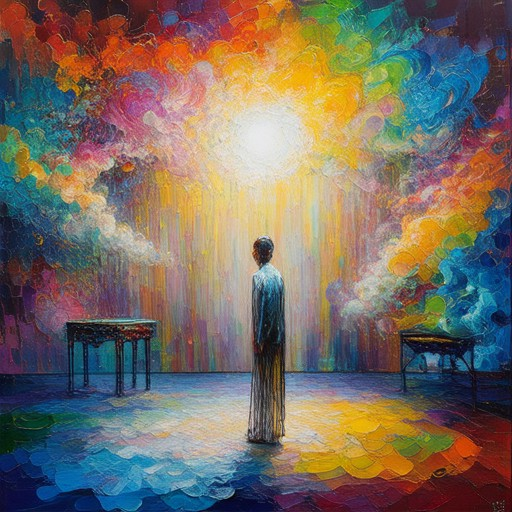
What is a Good Quote for Painting?
Painting is the act of translating ideas into visible forms, allowing self-expression and emotional release. Here are some thought-provoking quotes about painting:
- “Every stroke of paint is a step toward freedom.” Painting allows us to break free from the constraints of reality and explore our inner worlds.
- “A brush is a mirror of the soul.” Through painting, we reflect our emotions, thoughts, and experiences onto the canvas.
- “Painting is the language of the soul.” It transcends words, connecting us to universal feelings and stories.
- “In every piece of art, there is a little bit of the artist.” Painting is deeply personal, reflecting the unique perspective of the creator.
- “The canvas is a blank slate, waiting for your story.” Use your brush to paint your journey, turning chaos into order.
- “Art is never finished; it is only begun.” The process of painting is as important as the final product itself.
- “Each brushstroke is a new beginning.” Embrace the uncertainty and let your creativity guide your hand.
- “Painting is the closest thing to pure happiness.” It brings joy, fulfillment, and a sense of accomplishment.
- “The world needs more artists.” Share your passion for painting and inspire others along the way.
For more painting inspiration and resources, visit Artful Journey . Explore tutorials, articles, and insights to fuel your artistic growth.
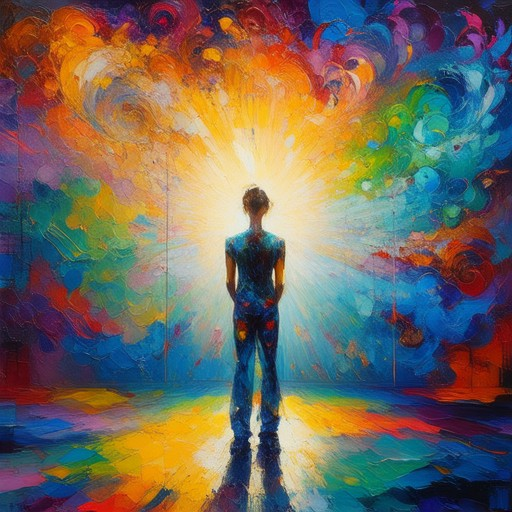
How to Find Inspiration for Your Art
Inspiration is the cornerstone of every artistic journey, and discovering it often requires exploring diverse avenues. Here are some effective ways to unlock your creative potential:
- Nature : Nature is a timeless source of inspiration. Explore the beauty of the world around you—whether it’s the vibrant colors of a sunset, the intricate patterns of a leaf, or the dynamic shapes of flowing water. These elements can ignite your imagination and provide a wealth of material for your artwork.
- Museums and Galleries : Visiting museums and art galleries is a traditional yet powerful way to find inspiration. Examine works by famous artists and lesser-known creators. Study their techniques, color palettes, and subject matter to spark your own creative ideas.
- Other Artists : Look at the work of other artists, whether through books, online portfolios, or YouTube channels. Analyze their style, composition, and the stories behind their pieces. This can give you fresh perspectives and techniques to try in your own work.
- Your Own Experiences : Reflect on personal moments, emotions, or observations. Journaling or sketching your thoughts can help you translate these experiences into visual concepts. Sometimes, the simplest things can lead to groundbreaking ideas.
- Experiment with Materials : Play around with different art supplies, techniques, and mediums. The feel of a new brush, the texture of raw canvas, or the vibrant hues of new paints can inspire unexpected creations.
- People Watching : Observing people in public spaces can reveal fascinating details about human behavior, posture, and expression. These observations can serve as excellent subjects for your artwork or simply spark a new idea.
- Books and Resources : Dive into art history books, technique guides, or motivational articles. Authors and artists often share valuable insights that can reignite your passion and provide new directions for your work.
- Online Communities : Join forums, social media groups, or online art communities where artists share their work and discuss inspiration. Engaging with like-minded individuals can offer fresh perspectives and opportunities for collaboration.
- Take a Break : Sometimes stepping away from your work allows your mind to rest and process information subconsciously. Return to your piece later with a renewed sense of perspective and creativity.
Remember, inspiration is a journey. Keep exploring, experimenting, and learning. Visit our Artful Journey for more tips, techniques, and articles to fuel your artistic growth.
Where Do Artists Get Inspiration?
Artists draw motivation from a variety of sources, each offering unique perspectives and creative fuel. Here are some common avenues:
- Nature and the World Around Us : Many artists find endless inspiration in the natural world. Landscapes, seasons, and flora/fauna often spark creativity. Exploring parks, hiking trails, or simply sitting in a garden can reignite passion for art.
- Personal Experiences and Memories : Life events, childhood memories, or even everyday moments can become the basis for powerful artwork. Reflecting on past experiences helps artists connect emotionally with their audience.
- Other Artists and Their Work : Studying masterpieces or contemporary art can inspire new ideas. Visiting museums, galleries, or art shows allows artists to absorb diverse styles and techniques.
- Cultural and Historical Context : Delving into history, mythology, or cultural narratives provides rich material for artistic expression. Artists often draw from historical figures or mythological themes to create meaningful work.
- Everyday Objects and Common Places : Ordinary items like furniture, street signs, or household appliances can become subjects of interest. Artists may find beauty in the mundane, transforming it into something extraordinary.
Remember, inspiration is everywhere. Keep your eyes open and let the world around you influence your creative process. Whether it’s through nature, personal stories, or cultural explorations, art thrives on the unique perspectives each artist brings.
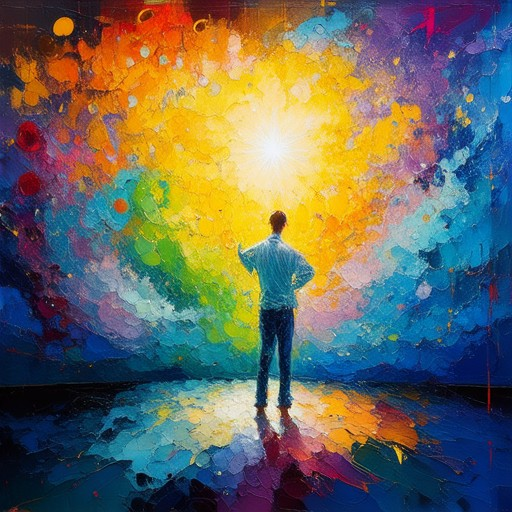
How to Come Up with Your Own Art Ideas
Coming up with art ideas can be both exciting and challenging. Here’s a structured approach to help you generate unique and inspiring artwork:
- Explore Themes and Subjects
- Identify themes that interest you, such as nature, portraits, still life, abstract concepts, or historical figures.
- Consider the emotions or stories you want to convey through your artwork.
- Experiment with Techniques
- Try different art mediums like watercolor painting, oil sketching, digital art, or sculpture to discover your preferences.
- Experiment with textures, colors, and shapes to create diverse effects.
- Hunt for Inspiration
- Visit museums, galleries, or online platforms like ArtStation, DeviantArt, and Pinterest for visual inspiration.
- Observe the world around you—spend time in nature or watch people interact to gather unique perspectives.
- Mindful Observation
- Document your surroundings using a camera or sketchbook to capture details you might otherwise overlook.
- Study patterns, lighting, and textures in everyday objects to find artistic inspiration.
- Loose Sketches for Exploration
- Quickly sketch ideas without focusing on perfection—focus on capturing the essence of your concept.
- Use these sketches as a foundation to develop more detailed pieces later.
- Stay Curious and Open-Minded
- Challenge yourself to try new techniques, styles, or subjects that you’re unfamiliar with.
- Engage with different art communities or workshops to gain new insights and inspiration.
- Reflect on Past Work
- Review your previous artwork to identify strengths, weaknesses, and areas for improvement.
- Keep a journal to document your thoughts, ideas, and progress over time.
- Combine Media and Styles
- Experiment with combining different media types, such as painting with collage or adding three-dimensional elements.
- Try incorporating elements from various cultures or historical periods to create unique pieces.
- Develop Your Personal Style
- Don’t rush the process of developing your unique style—allow yourself time to experiment and evolve.
- Embrace failure as a learning opportunity and use constructive criticism to refine your approach.
By following these steps, you’ll be well on your way to generating a steady stream of original and meaningful art ideas. Remember, creativity is a journey, and every step forward, no matter how small, is a victory.
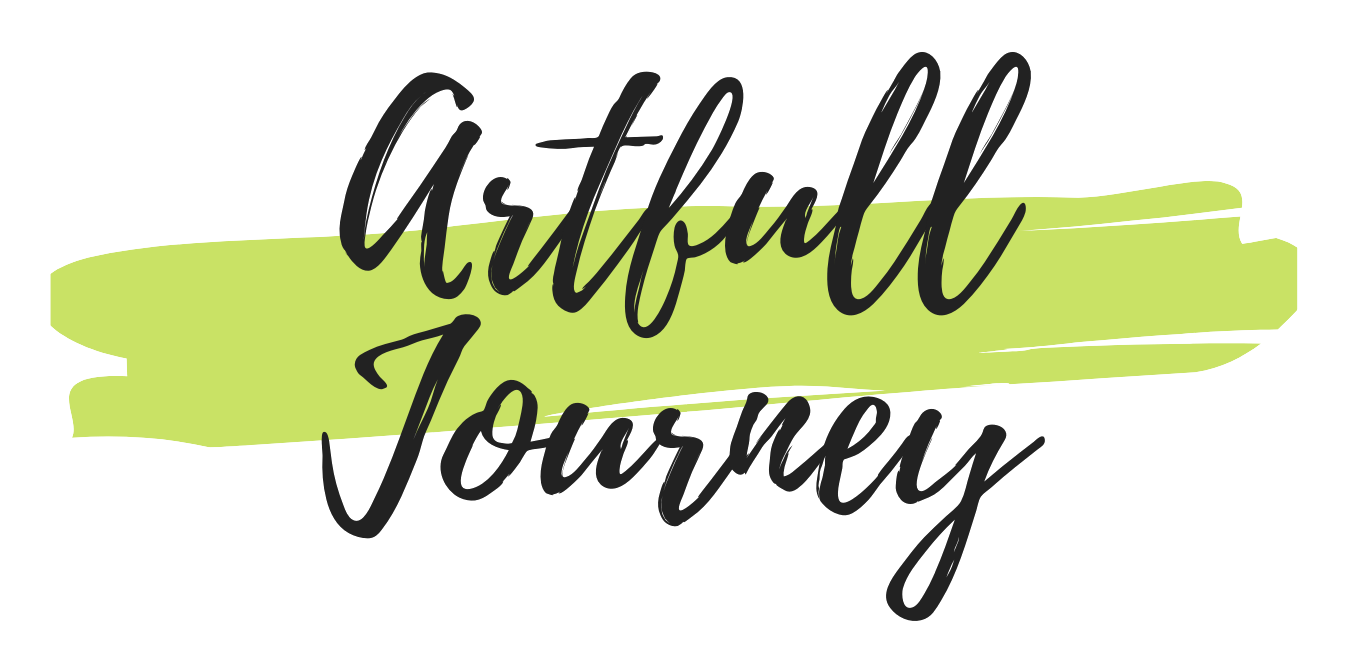



0 Comments